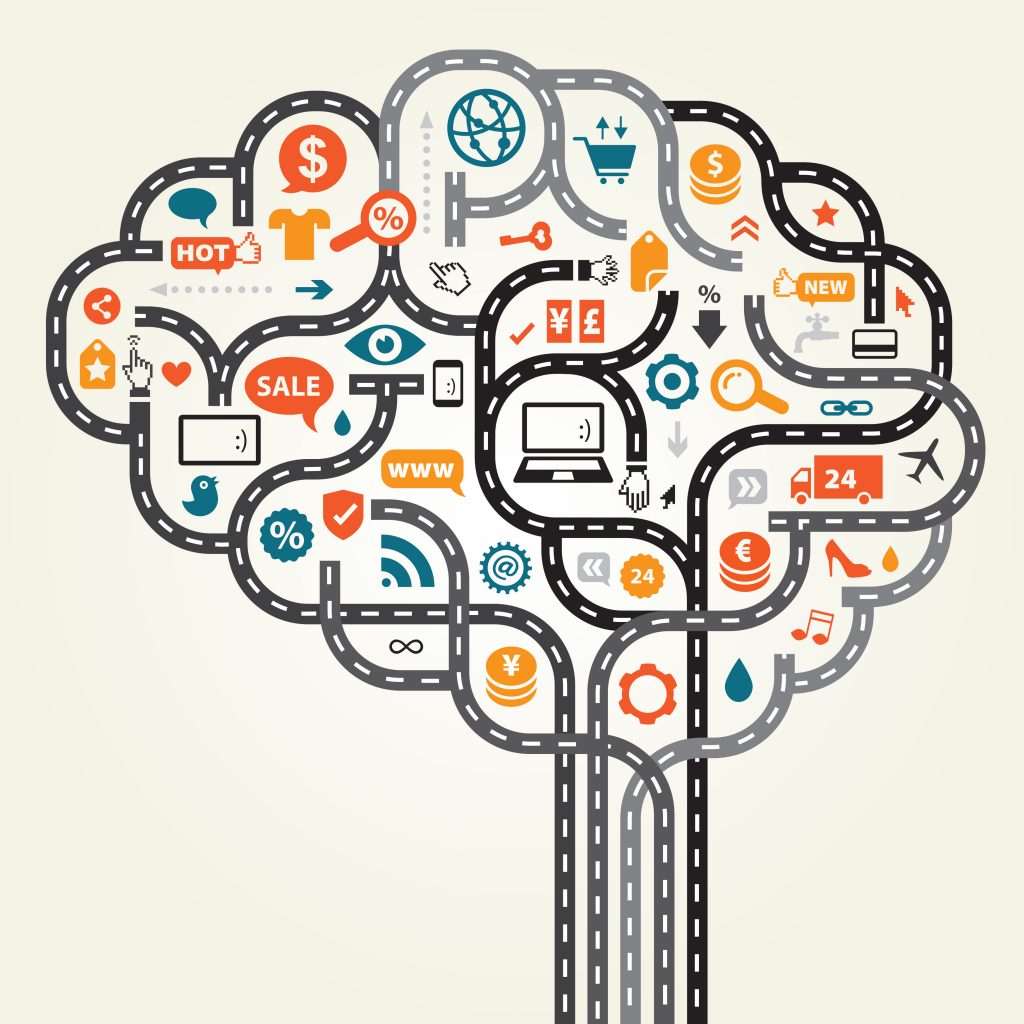Happy June! We’re officially halfway through the year, so we thought we’d round up some of the payment trends that have been gaining traction. These payment trends aren’t going anywhere soon so merchants need to take note on what consumers will expect in their shopping experiences for the rest of year and beyond.
1. On-the-go accessibility
Merchants are no longer confined to only a stationary terminal behind the desk in a brick and mortar store when it comes to accepting payments. Mobile apps combined with mobile card readers have redefined accessibility, and more and more consumers will expect to be able to pay anywhere, anytime. Consumers will also expect shorter line-ups and wait times as more retailers follow in the footsteps of retail giants like Sephora and utilize mobile POS to facilitate faster transactions right on the floor.
2. Personalization
As more businesses adopt omnichannel systems, shopping experiences will become increasingly personalized. Modern consumers want their preferences to be known and acknowledged on the channels they move across. 78% of consumers agree that they would be more likely to purchase from retailers if they provided offers targeted to their interested, wants, or needs. Merchants are taking advantage of the data they gain from location information, past purchase data, and browsing history to create customized experiences. As a result, consumers will expect personalized offers when interacting with a customer whether it’s browsing the site or receiving an email.
3. Social commerce
Social commerce is slowly but steadily on the rise. Given the amount of time consumers spend on social, retailers began exploring social selling solutions such as Soldsie (selling via comments) and Like2Buy (selling through Instagram posts), and social media giants Facebook, Twitter, and Pinterest all released “buy buttons” last year. While the latter “buy buttons” has not gained widespread adoption, the trend of social networks investing in social commerce is evident.
4. Friction-free payments
As technology paves the way for more convenient experiences, consumers will expect more ease and seamlessness when it comes to paying. When they’re facing a long line up, many customers will simply abandon their purchases because the friction is too high. The same goes for eCommerce merchants if checkout process is too lengthy or confusing. Many merchants have taken note of this trend and are implementing more friction-free experiences like Tap and Pay transactions and reduced form fields for online checkouts.
The trend of friction-free payment processing will only continue to grow with payment options like EMV and mobile payments on the rise. Google is developing a beta program called Hands Free that allows you to pay via voice commands without even taking your phone out of your pocket. Amazon Dash makes reordering easy with just a push of a button. MasterCard is investing time and effort into developing wearable payment technology out of many different objects.
5. Omnichannel
Because of the increased channels that consumers have access to when purchasing, shopping is no longer linear. Consumers often switch between retail touch points and use several channels at once. Many retailers are working hard to bridge the different channels in a seamless experience in their pursuits of providing an omnichannel experience.
It’s clear that the channels are not only converging but working together to create a more holistic experience. An online channel helps get consumers into physical retail locations; three out of four shoppers who find local information in search results are more likely to visit stores. eCommerce businesses, like Birchbox, are using pop-up shops to determine where they should set up its next physical location. Other eCommerce businesses, like Nasty Gal which was exclusively online, have now branched out to physical locations.
Mobile will continue to play a bigger role, especially in the overall omnichannel experience. With the proliferation of mobile devices, it’s not surprising that 42% of in-store shoppers search for information online via mobile devices while browsing a physical store. Mobile also helps facilitate more click-and-collect transactions, where consumers purchase via mobile or online channels and then pick up in-store. Consumers will expect a smoother shopping cadence, including being able to pick up and return online purchases in stores or consistent pricing and offers in-store and online.
Technology advancements will undoubtedly continue to shape the shopping experience and change consumer expectations. Keep up to date with current and emerging trends so you can keep up with your customers.
